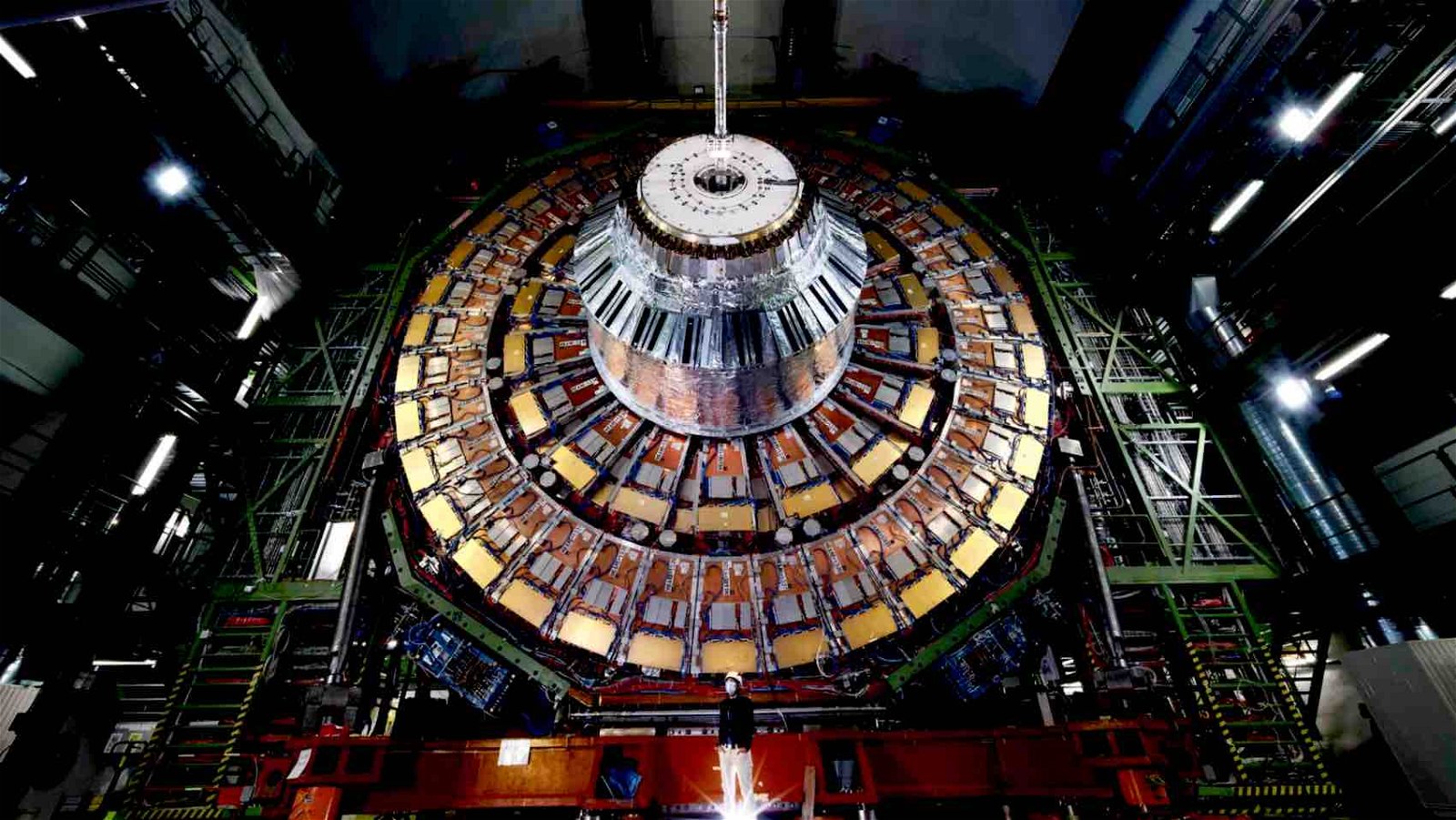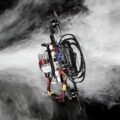Significant recent advancements spearheaded with support from CERN, the European Organization for Nuclear Research, are revealing deeper insights into the fundamental nature of our universe.
The ongoing experiments at CERN aim to explore the smallest building blocks of matter and the forces governing them. Unveiling the dynamics of these forces is allowing scientists to inch toward a better fundamental understanding of the universe’s origins, structure, and behavior.
An intergovernmental organization, CERN is home to the largest and most advanced particle physics laboratory found anywhere in the world. It also houses the famous Large Hadron Collider (LHC), a 27-kilometer ring comprised of superconducting magnets that researchers working at the facility use to boost the energy of particles, enabling experiments that cannot be achieved anywhere else on Earth and which reveal clues about some of the most intriguing questions physicists have about the nature of matter and energy.
In recent weeks, an ongoing series of achievements made possible by CERN has marked significant strides toward resolving these lingering questions about the cosmos. In April, researchers working at the facility announced a new milestone in measuring the electroweak mixing angle, in new findings that will further refine scientists’ understanding of the Standard Model of Particle Physics.
The achievement, part of an ongoing collaboration with researchers from the University of Rochester and global members of the particle physics community, will help to shed light on the conditions that immediately followed the explosive birth of our universe and shed new insights into the lingering mysteries of particle physics.
Led by University of Rochester experimental particle physicist Arie Bodek, the work was carried out with support from Europe’s premier particle physics laboratory and the famous Large Hadron Collider (LHC) at the CERN facility and was part of the Compact Muon Solenoid (CMS) Collaboration.
A key element of the Standard Model, the electroweak mixing angle, also called the Weinberg angle, is used by physicists to describe the relative strength of the electromagnetic and weak forces, as well as how they combine to form the electroweak interaction. Measuring this is helpful in terms of understanding the universe’s fundamental forces and how they work together at extremely small scales, which scientists hope will offer deeper insights into the properties of matter and energy.
Such insights could greatly improve our understanding of the Standard Model, which describes our current best understanding of particle interactions and predicts numerous phenomena in physics and astronomy.
The electroweak theory has its roots in 19th-century observations that initially linked electricity and magnetism, which thereby led to connections with the weak force within atomic nuclei that is now responsible for radioactive decay and stellar energy production. According to the electroweak theory, all of these forces are essentially viewed as weak manifestations of a single force.
“The recent measurements of the electroweak mixing angle are incredibly precise, calculated from collisions of protons at CERN, and strengthen an understanding of particle physics,” Bodek recently said in a statement. Bodek and his team’s work builds on the 2012 discovery of the Higgs boson, a particle that plays a key role in helping unravel the origin of mass in the universe.
The Rochester team’s recent research produced one of the most precise measurements of the weak mixing angle ever derived from studies at CERN or elsewhere. The recent measurements also conform to the Standard Model, unlike past measurements that raised more questions than answers.
Graduate student Rhys Taus and postdoctoral associate Aleko Khukhunaishvili employed new techniques to greatly enhance the precision of the recent measurements. This allowed the team to significantly reduce systematic uncertainties that have hindered past measurement attempts.
“The Rochester team has been developing innovative techniques and measuring these electroweak parameters since 2010, implementing them at the LHC,” Bodek said. By leveraging a deeper understanding of the weak mixing angle, future efforts will be able to command a greater understanding of the fundamental forces, granting physicists a deeper understanding of matter and energy at their very smallest manifestations.
The new measurements of the electroweak mixing angle are just one of the recent advancements made possible by CERN that are providing physicists with significant new clues about the inner workings of nature and the cosmos.
Last week, The Debrief reported on the first successful demonstration of quantum entanglement in top quarks, marking another breakthrough discovery that sheds new light on the behavior of fundamental particles and their interactions at distances that cannot be attained by light-speed communication.
The achievement announced last week, led by professor Regina Demina, also with the University of Rochester, extends the perplexing phenomenon known as “spooky action at a distance” to some of the heaviest known particles and provides new insights into high-energy quantum mechanics.
“These new techniques have heralded a new era of precision tests of the predictions of the Standard Model,” Bodek said of the recent research undertaken at CERN.
Micah Hanks is the Editor-in-Chief and Co-Founder of The Debrief. He can be reached by email at micah@thedebrief.org. Follow his work at micahhanks.com and on X: @MicahHanks.

